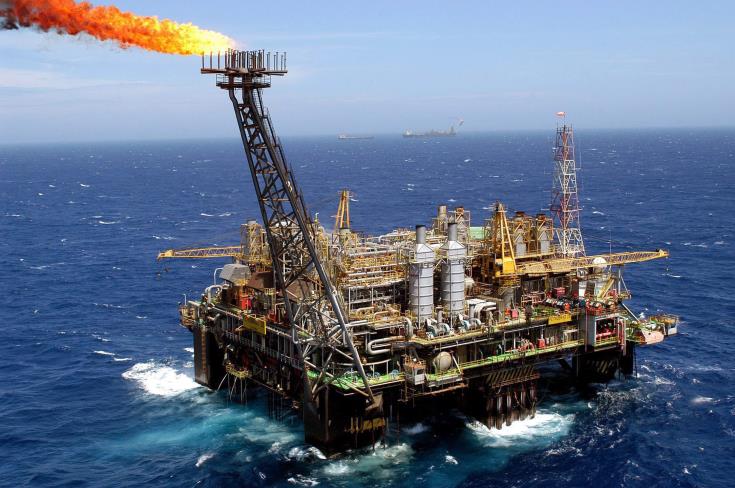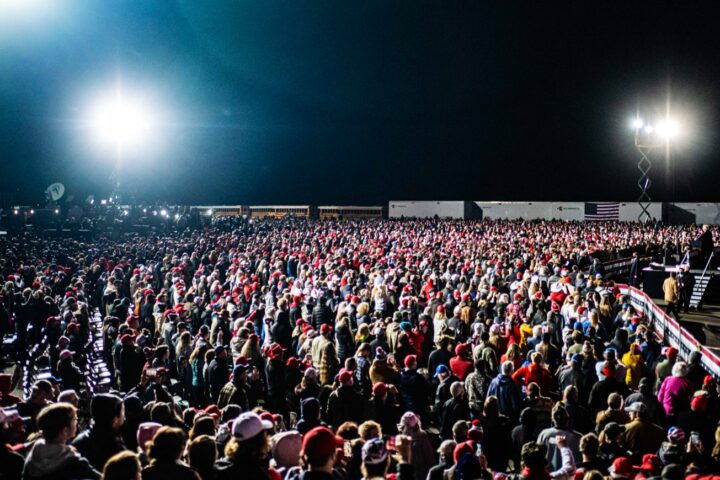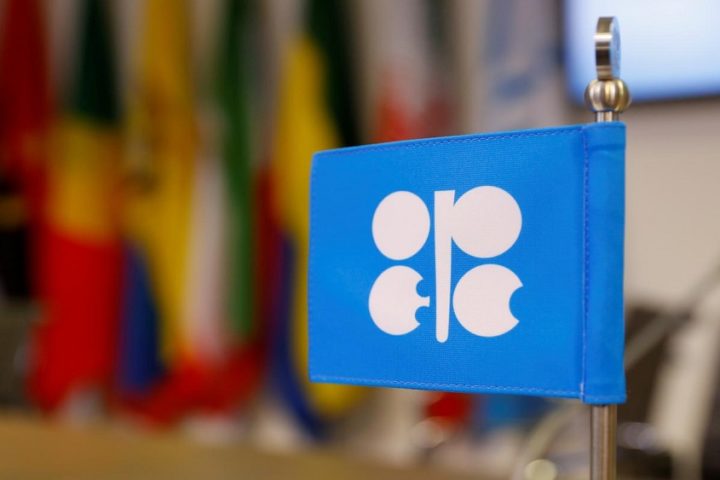The Russia-Ukraine war continues to destabilise energy markets in 2023, as tight oil and gas supplies will persist and economic recovery, driven by China, leads to increased energy demand, impacting prices upwards.
The forthcoming EU embargo on Russian oil products may add to this, as concluded by experts during Gulf Intelligence’s daily energy markets live video podcast.
Oil markets brace for tight supplies
Tight supplies will continue in 2023, so oil markets could be left short as economies rebound.
The average forecast for oil prices to 2027 from 1,000 energy professionals surveyed by Reuters was $90.
But with recession fears abating in Europe and the US, oil demand may go up, and prices could exceed $100/b earlier than thought.
According to Morgan Stanley, the Chinese reopening, the loss of Russian supply, recovery in aviation, and the end of US SPR releases are set to tighten the oil markets later in the year.
Hence, the forecast of $100+/b oil by the end of 2023, likely earlier as oil markets tighten, is driven by a recovery in demand in response to a faster Chinese economic recovery.
Wall Street’s top analysts see the makings of another price leap lurking in just about every important corner of the oil market, with a run past $100/b likely in the coming months.
Oil prices are holding near their highest this month, at $85/b, as easing COVID restrictions in China point to a demand recovery in the world’s top crude importer.
What would the end of the US shale revolution mean for the world? Analysts say “the aggressive growth era of US shale is over”; it is drawing to a close with unpredictable consequences.
High costs and labour shortages are now a problem, and Wall Street wants profits paid back to investors, not reinvested in new rigs.
That means that prices will go up if oil demand increases, as OPEC forecasts.
Oil flows continue to adjust to the war and sanctions.
The insatiable appetite for discounted Russian cargoes from India and China has opened the way for Middle Eastern suppliers to concentrate on other Asian oil importers that have reduced their oil purchases from Russia since the invasion of Ukraine.
Demand for plastics is driving US and world consumption of fossil fuels toward record highs.
Major oil and gas producers still worry that government action on climate change will undermine future demand.
As a result, they are expected to continue their post-pandemic debt repayment strategy, share buybacks and shareholder returns instead of capital investments in 2023.
Impact of sanctions on Russian oil
The effectiveness of the price cap on Russian crude oil is still unclear. With Russian oil at a-third discount to Brent, it is still trading below the $60/b cap.
But it may be tested over the next few months as prices climb to $100+/b.
Russian seaborne crude imports into the EU, Norway and the UK shrank by 80%, or 1.36 million b/d, in November and December compared to pre-war levels of 1.71 million b/d, according to data from S&P Global Commodities.
Even though Russian production and exports have been more resilient than expected, the IEA is forecasting that Russian output will fall by 1.4 million b/d in 2023 due to the impact of EU sanctions and the G7 price cap.
Analysts at S&P Global Commodity Insights expect only minimal impact from the West’s seaborne crude sanctions on Russian output.
Russian supply losses could peak at 930,000 b/d below pre-war levels in March due to pending sanctions on fuel exports before production rebounds 400,000 b/d by the fourth quarter of 2023.
Russia estimates its oil output may fall 5-7% in 2023 due to the sanctions.
But it remains to be seen to which extent traders and shippers are incorporating the G7 price cap into their decisions.
S&P says there is a large degree of uncertainty about how this plays out, but it is likely to be a factor in the markets in 2023, impacting Russian exports.
Europe heads into diesel crisis
With the EU embargo on Russian oil products and the Russian fuel price cap starting on 5 February, Europe may be sleepwalking into a diesel crisis.
The irony is that India will be refining Russian crude and sending it to Europe as diesel.
The IEA says the EU ban on Russian oil product exports will transform markets and change trade flows in a manner more complex than the impact of the sanctions on Russian seaborne crude.
Capping Russian oil product prices is likely to prove a much more onerous task than capping its crude, for the simple reason there are many more oil products, and their prices depend more on where they are purchased, not produced.
When it comes to oil products, it is a more complex situation because China and India are both oil product exporters, so you will not have the same safety valve for oil products as you do for crude.
Potentially, Russian oil product exports may find a home in parts of Latin America and Africa.
But suppose Russia cannot find enough new non-EU buyers for its fuels, and consequently cut production at its refineries. In that case, that could tighten global supplies, potentially pushing up prices.
Russia’s energy weapon failed
This week’s article in the FT claimed that Russia’s energy weapon failed to fire as required because European economies displayed more resilience to a squeeze on gas supplies than predicted.
But will that also be the case towards next winter as prices go back up again? It remains to be seen.
The impact of Western sanctions and the G7 price cap on Russian oil is likely to be the top issues for the oil and gas sector in 2023, especially as prices go up later in the year.
The biggest surprise of the 2022 oil market -vs- consensus is the resilience of Russian crude oil production, barely down from pre-invasion of Ukraine levels.
Russian Deputy Prime Minister Alexander Novak said on 16 January that Russia’s budget revenues in 2022 from the oil and gas industry increased by 28% or by $36.4 billion from 2021.
A Russian delegation comprising 80 members arrived in Pakistan on 17 January for talks on an oil and gas deal, an oil and LNG trade deal for a long-term basis and the much-touted flagship $3 billion Pakistan Stream Gas Pipeline (PSGP) project.
Pakistan said Russia had agreed to provide crude oil, petrol, and diesel to Pakistan at discounted rates.
Pakistan had asked for a 30-40% discount on Russian crude.
Russia said the model of the PSGP pipeline project under a government-to-government arrangement had already been settled, except for some clauses of the shareholding agreement, which would soon be finalised.
Dr Charles Ellinas is Senior Fellow at the Global Energy Center, Atlantic Council
Tw: @CharlesEllinas










